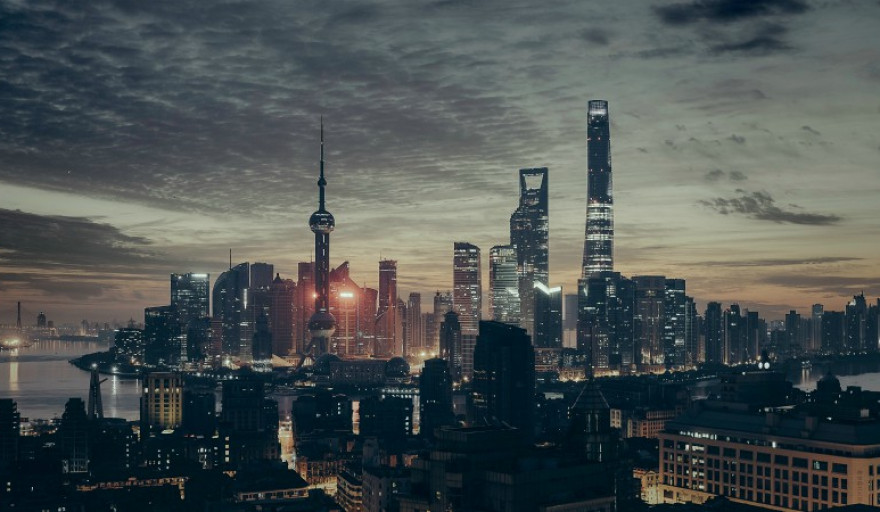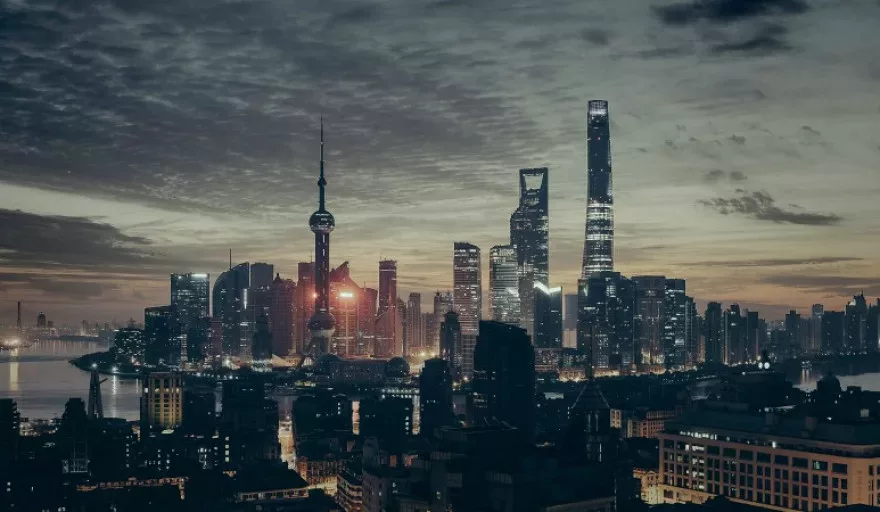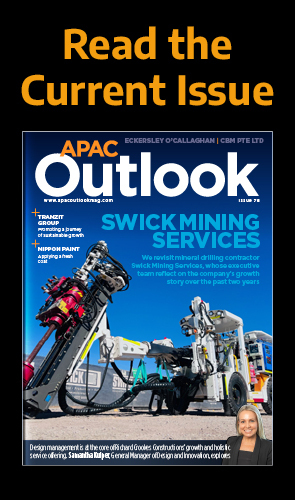
If the IMF’s 2020 forecasts ring true, Asia will have a larger economy in purchasing power parity (PPP) terms than the rest of the world combined.
The Financial Times has dubbed it as the dawn of the Asian Century, its analysts crunching IMF data on the lines of PPP, considered the most relevant GDP measure as it takes into account what consumers can buy in developing countries where prices are often cheaper.
By 2030, the region is expected to contribute around 60 percent of global economic growth, while Asia-Pacific will be home to some 90 percent of the 2.4 billion new members of the middle-class income bracket.
On a country by country basis, Asia dominates when it comes to the size and growth of GDP. Not only does the region contain three of the world’s top four economies in China, India and Japan, the three fastest growing top 10 economies are all Asian (China, India and Indonesia).
It is a remarkable rise of a continent which as recently as 2000 was responsible for a little over a third of global economic output in PPP terms.
But, if the trend is to continue, then corporation between Asian nations is paramount.
Analysis by the World Economic Forum (WEF) has highlighted the need for further integration in order to maximise Asia’s enormous economic growth potential.
“Despite Asia’s remarkable rise, its family of nations are often kept apart by difficult geography and even more difficult history,” remarks Wang Huiyao, Founder and President of the Center for China and Globalization in an article for WEF. “Fortunately, as the mutual benefits of cooperation become ever more apparent, efforts to overcome these barriers and deepen regional integration have gained momentum.”
China has showed signs of reviving relationships with other major Asian economies such as India, South Korea and Japan, the eighth China-Japan-ROK summit marking 20 years of cooperation.
The Trans-Pacific Partnership (TPP) has become something of a beacon for multilateral trade liberalisation, a programme now spearheaded by Asian nations after it was ditched by the US, President Trump believing it would be a disaster, leading to a decline in American manufacturing, drop in wages and increase in inequality. Had the US signed up, the TPP would have become the world’s largest free trade deal, covering 40 percent of the global economy.
It is far from extinguished, however, coming into force at the beginning of 2019, while a group of 15 Asia-Pacific countries are aiming to sign the Regional Comprehensive Economic Partnership (RCEP) this year. If enacted, it would become a larger trading bloc than the European Union, the main features being lowered tariffs, standardised customs rules and procedures, and widened market access.
Despite India withdrawing from the agreement, China remains a key participant, its wider role in the Asian economy also seen as key to ensuring this is indeed the start of the Asian Century.
“Rather than a hegemon or revisionist power, China’s role in Asia and the world will be to uphold the international order while offering innovative solutions to global governance, in line with its responsibility as a major global player,” Huiyao states. “A key part of this role is to act as a catalyst for integration in Asia and beyond.”
Agreements such as RCEP are a case in point, and the Belt and Road Initiative (BRI) is another programme that could further drive economic integration throughout the region.
If fully implemented, the BRI could have an enormous impact around the world. According to recent research by the World Bank, transport projects alone associated with the initiative could result in a growth in global trade of anywhere between 1.7 and 6.2 percent. This would increase global real income by 0.7-2.9 percent and help to lift more than 7.5 million people out of extreme poverty.
“To truly fulfill its potential, over the coming years, the BRI will shift towards a more multilateral approach,” Huiyao explains. “This will allow the initiative to better pool resources, expertise and perspectives from a diverse range of stakeholders.”
The RCEP and BRI highlight how China can play a leading role in integrating Asia’s economy in years to come, although this is not to suggest the world’s largest economy will not continue to reach new heights on its own, as by 2023 it is projected to contribute more than 28 percent of global growth.
But with the likes of India, Vietnam, Cambodia, Myanmar and many other Asia nations all among the top growing nations in the world, the Asian Century looks set to be a collaborative effort.


































